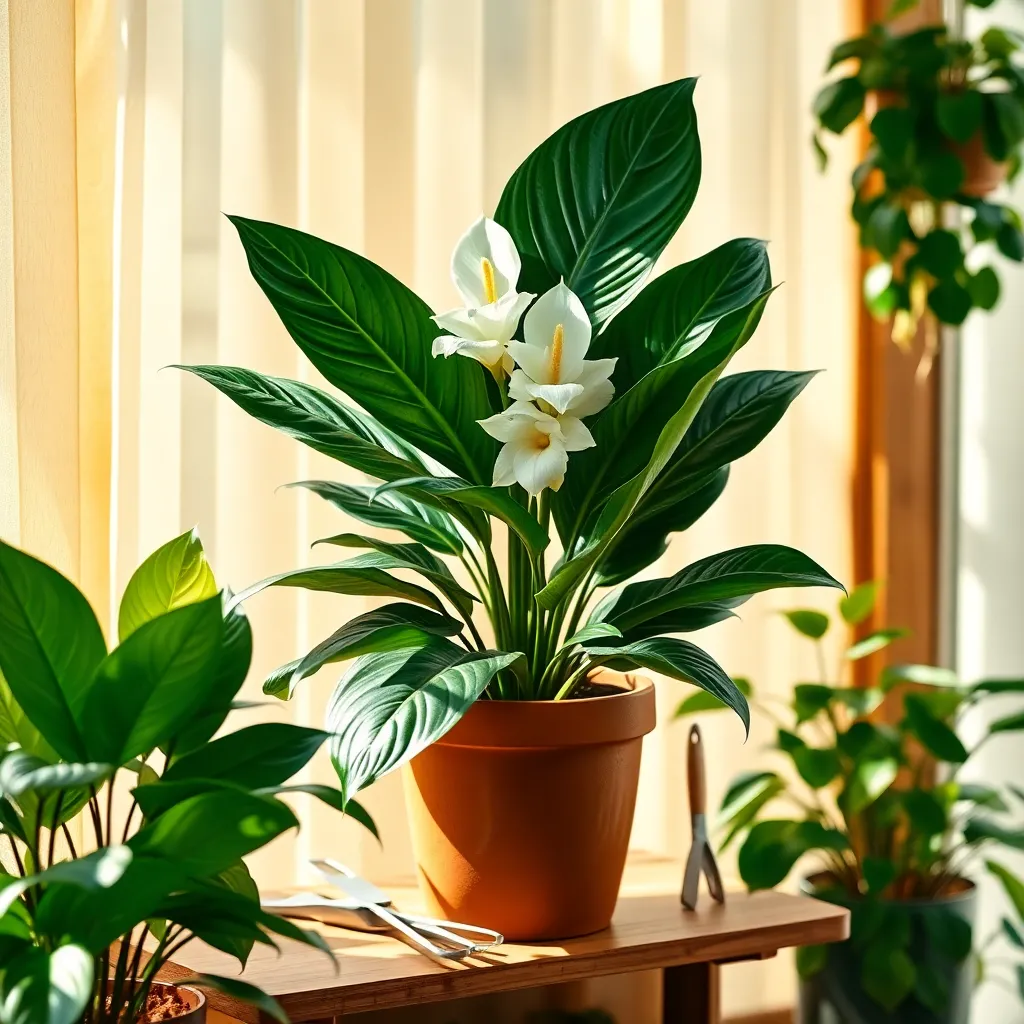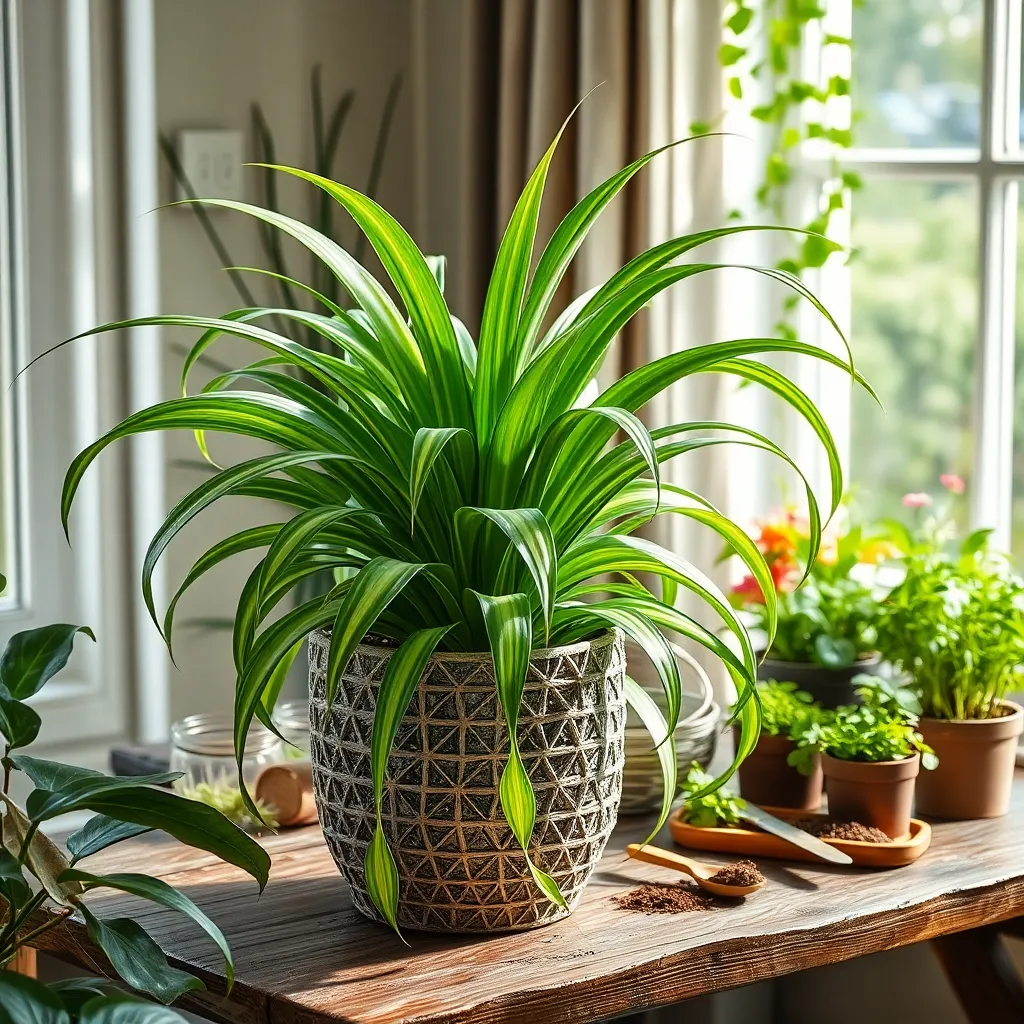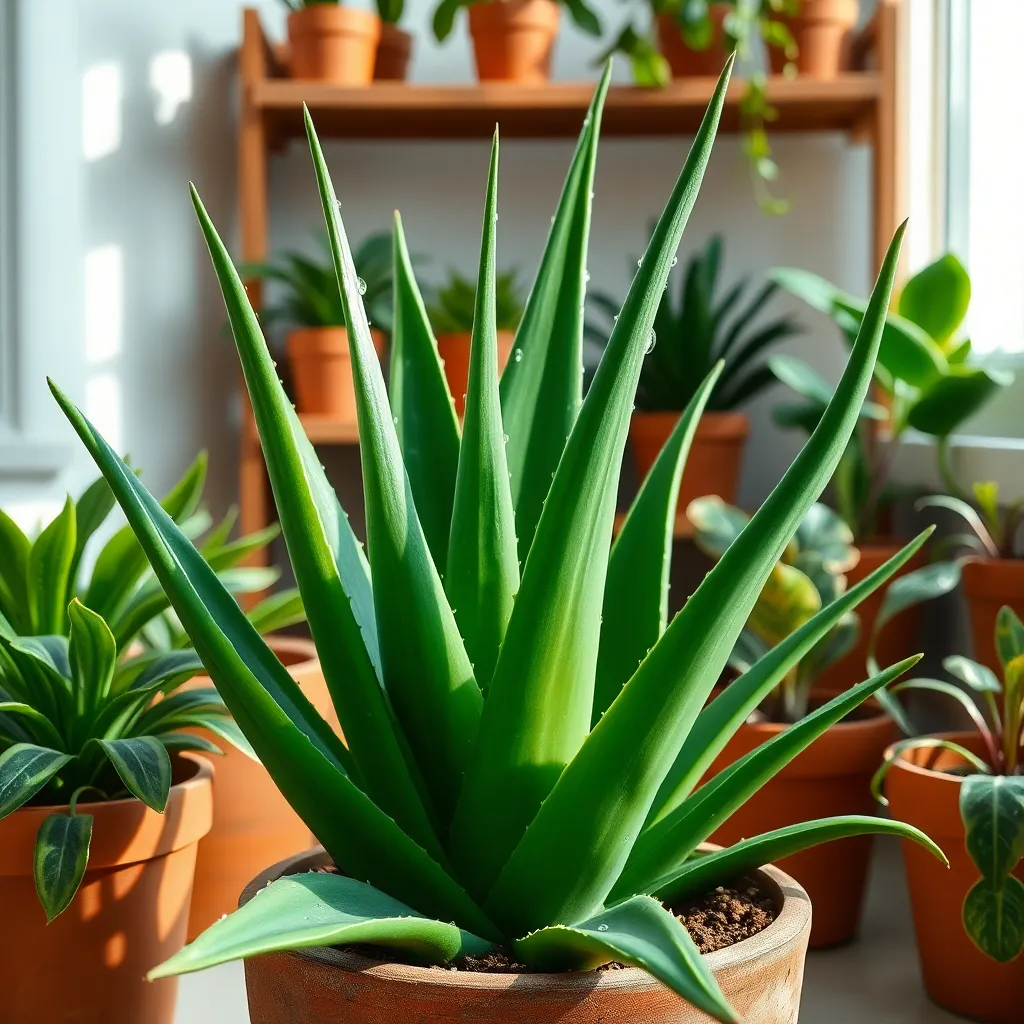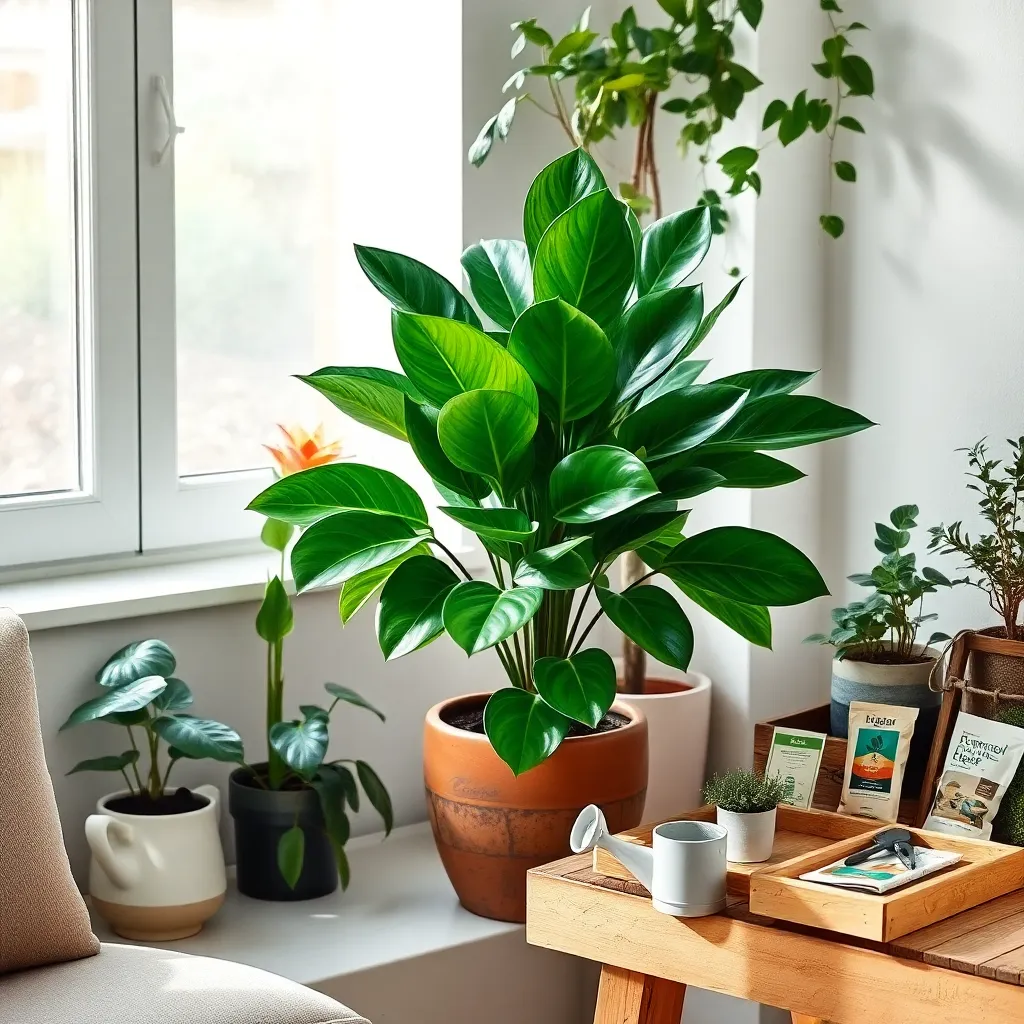Welcome to the delightful world of indoor gardening, where the joy of nurturing plants is just a step away from your kitchen counter or living room nook. Whether you’re just starting your green-thumb journey or you’re a seasoned gardener looking to bring your expertise indoors, this guide to the best indoor garden kits for beginners is your ticket to a thriving indoor oasis.
In this thoughtfully curated list, we’ve gathered garden kits that promise not only beauty but also simplicity and success. With these kits, you’ll unlock the practical benefits of fresh herbs, vibrant greens, and even fragrant flowers right within your home, making gardening a rewarding and accessible endeavor for all.
Imagine the thrill of watching your seedlings sprout, knowing that you are capable of nurturing life from seed to bloom. By the time you reach the end of this guide, you’ll feel confident and inspired to transform your indoor spaces into lush, living sanctuaries with ease and enthusiasm.
Peace Lily (Spathiphyllum wallisii)

The Peace Lily (Spathiphyllum wallisii) is a popular choice for beginners due to its low-maintenance nature and elegant appearance. Thriving in low to medium, indirect light, it’s perfect for spaces that don’t receive direct sunlight.
Watering Peace Lilies can be straightforward; simply keep the soil consistently moist but not soggy. A good rule of thumb is to water when the top inch of soil feels dry, approximately once a week.
For best results, use a well-draining potting mix high in organic matter to support healthy growth. Adding perlite to your soil can enhance drainage and prevent root rot, which is crucial for maintaining a healthy plant.
Advanced gardeners might consider occasionally misting the leaves to increase humidity, as Peace Lilies prefer a humid environment. Feeding your Peace Lily with a balanced, water-soluble fertilizer monthly during the growing season can also boost its health and vitality.
Spider Plant (Chlorophytum comosum)

The Spider Plant (Chlorophytum comosum) is an excellent choice for beginners due to its resilience and easy care requirements. Known for its arching leaves with green and white stripes, this plant adds a touch of elegance to any indoor garden.
To thrive, Spider Plants prefer well-draining potting soil, which prevents root rot—a common issue with overwatering. Water them moderately, allowing the top inch of soil to dry out between waterings, ensuring the roots aren’t sitting in moisture.
These plants appreciate bright, indirect sunlight but can tolerate low-light conditions, making them versatile for various indoor settings. Rotate the plant occasionally to ensure even growth and prevent it from leaning toward the light source.
For a burst of growth, fertilize Spider Plants monthly during the spring and summer with a balanced, water-soluble fertilizer. Trim any brown tips from the leaves regularly to encourage healthy, vibrant foliage and maintain the plant’s attractive appearance.
Aloe Vera (Aloe barbadensis miller)

Aloe Vera (Aloe barbadensis miller) is a popular choice for indoor gardening due to its low-maintenance nature and numerous health benefits. It thrives in bright, indirect sunlight, making it perfect for a sunny windowsill or a well-lit room.
When it comes to soil, Aloe Vera requires a well-draining potting mix, ideally a cactus or succulent blend to prevent root rot. Water sparingly, allowing the soil to dry out completely between waterings; overwatering is a common mistake with this plant.
To encourage growth, fertilize Aloe Vera in the spring and summer with a diluted, balanced, water-soluble fertilizer once a month. Repotting is recommended every couple of years, using a slightly larger pot to accommodate its expanding root system.
Advanced gardeners can propagate Aloe Vera by removing and planting the offsets, known as “pups,” that grow around the base of the mature plant. This simple technique allows you to expand your aloe collection or share with friends, enhancing your indoor garden.
English Ivy (Hedera helix)

English Ivy (Hedera helix) is an excellent choice for beginners due to its hardy nature and adaptability to various indoor environments. This versatile plant thrives in indirect light but can tolerate low-light conditions, making it perfect for almost any room in your home.
To ensure healthy growth, plant your English Ivy in a well-draining potting mix, such as a blend of peat and perlite. Water the plant when the top inch of soil feels dry, but be careful not to overwater, as English Ivy prefers slightly drier conditions.
Regularly trim your English Ivy to maintain its shape and encourage bushier growth. Pruning also helps prevent the plant from becoming too leggy and supports its overall health.
For those looking to take their care to the next level, consider feeding your ivy with a balanced liquid fertilizer every two months during the growing season. This extra nourishment can promote lush foliage and vigorous growth, enhancing the beauty of your indoor space.
Rubber Plant (Ficus elastica)

Rubber plants are a fantastic choice for beginners due to their robust nature and minimal care requirements. They thrive in bright, indirect sunlight but can also tolerate lower light conditions, making them adaptable to various indoor environments.
When it comes to watering, allow the soil to dry out partially between waterings to prevent root rot. A well-draining potting mix, such as one containing peat, perlite, and pine bark, will ensure the plant’s roots remain healthy.
To encourage a bushier appearance, regularly prune your rubber plant by cutting just above a node where a leaf meets the stem. This stimulates new growth and helps maintain a compact, attractive shape.
Advanced gardeners might consider repotting their rubber plant every couple of years to refresh the soil and provide more space for growth. During the growing season, feeding with a balanced liquid fertilizer every four to six weeks can enhance its lush, glossy foliage.
Conclusion: Growing Success with These Plants
In this exploration of the ‘Best Indoor Garden Kits for Beginners,’ we’ve unpacked five essential relationship concepts: the importance of nurturing growth together, the power of patience and persistence, the joy of shared achievements, the need for adaptability, and the significance of a strong foundation. Each concept mirrors the journey of tending to a garden, where attention and care cultivate not only plants but also flourishing relationships.
As your actionable next step, consider choosing one indoor garden kit that resonates with both you and your partner’s lifestyle. Spend time together setting it up and use this activity as an opportunity to nurture your connection, celebrating each small victory along the way.
Remember, this article is a treasure trove of insights you can return to at any stage of your relationship journey. Bookmark it now, so these valuable lessons are always within reach when you need a reminder or a fresh idea.
Looking ahead, by integrating these nurturing practices into your daily interactions, you’re not just growing a garden—you’re laying the groundwork for a resilient and thriving partnership. Embrace this journey and watch your relationship bloom into its fullest potential.
